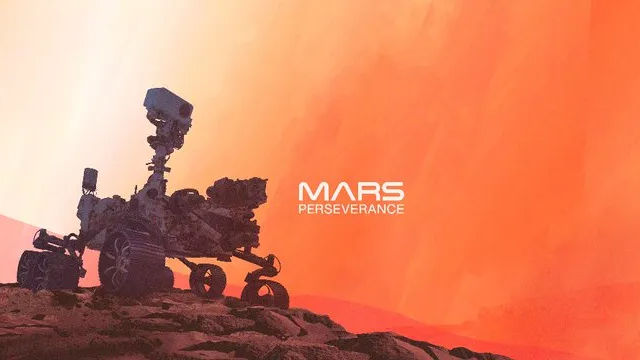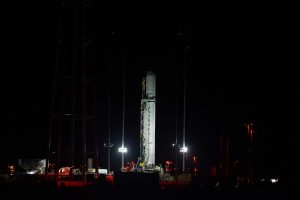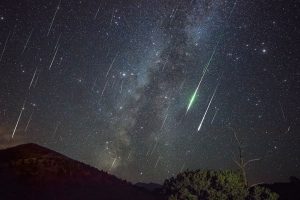NASA’s largest and most advanced rover, Perseverance made its historic landing on Mars on Thursday before it embarked on its search for microbial life on the Red Planet. And the American space agency has now released a series of incredible pictures showing exactly what it is like on the Martian surface.
“Touchdown confirmed! Perseverance safely on the surface of Mars, ready to begin seeking signs of past life,” Indian-origin engineer Dr Swati Mohan, leading the landing operation from NASA’s jet propulsion lab in California’s Pasadena, exclaimed as the rover touched down at 3:55 pm ET.

“This shot from a camera on my ‘jetpack’ captures me in midair, just before my wheels touched down. The moment that my team dreamed of for years, now a reality. Dare mighty things,” The Perseverance Twitter account said.

Perseverance’s first full-colour image of Mars sent back by the rover’s Hazard Cameras on the spacecraft’s underside.


“Less than a day after the Perseverance Mars rover landed on the surface of the Red Planet, mission teams at @NASAJPL released the first photos of the rover’s descent as well as its first views from its new home in Jezero Crater,” NASA said in an Instagram post.
NASA had earlier released the first images from the rover soon after its landing on Thursday. Those initial images were of relatively lower resolution owing to the cameras being covered with protective layerings.
The rover, approximately the size of an SUV and weighing around a ton, will explore the Jezero Crater, the site of an ancient lake that existed roughly 3.9 billion years ago.
It is equipped with a seven foot-long robotic arm, along with nine cameras two microphones and an array of other cutting-edge equipments to carry out its exploration.







